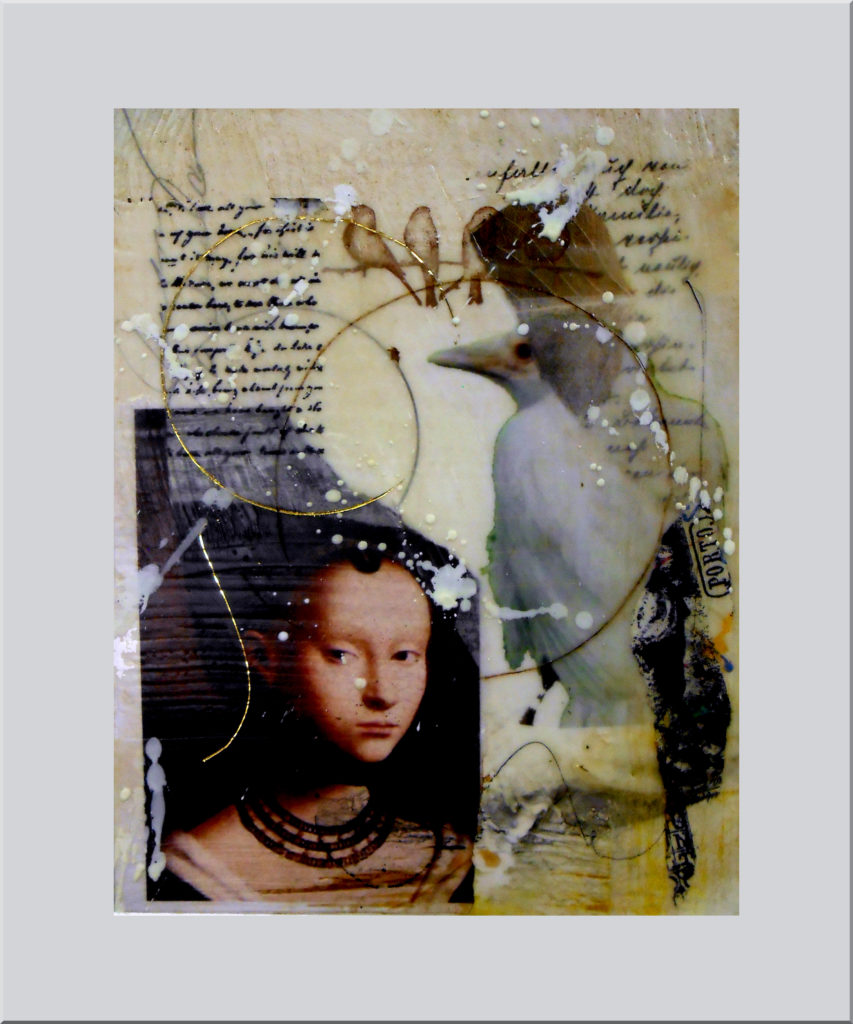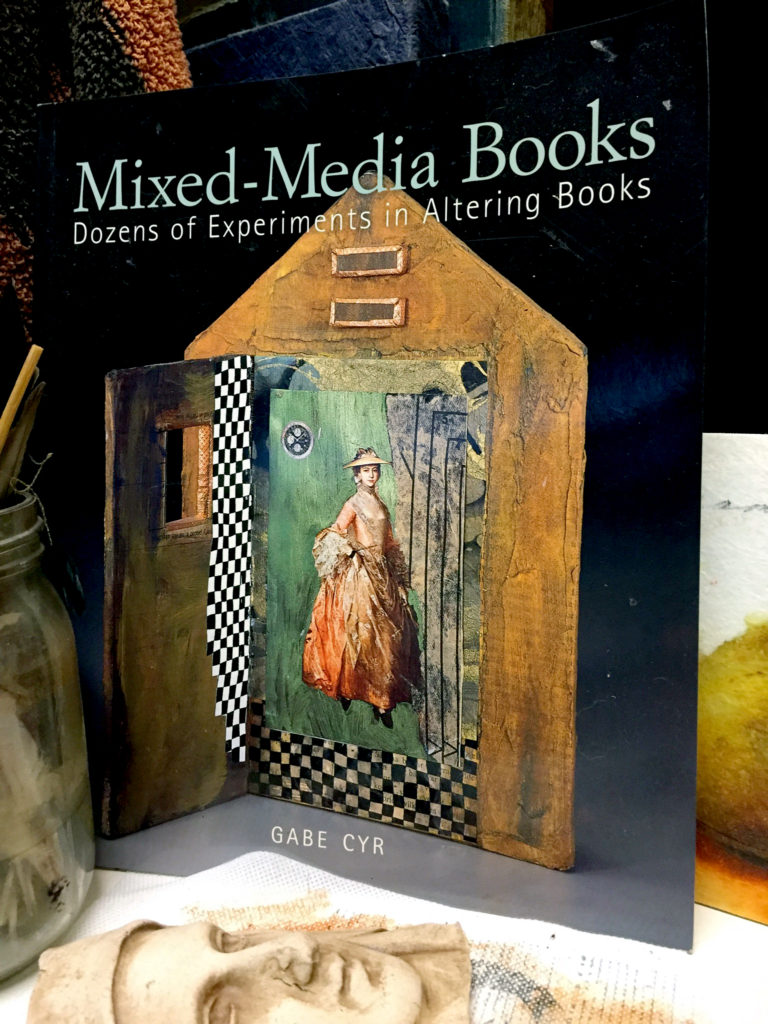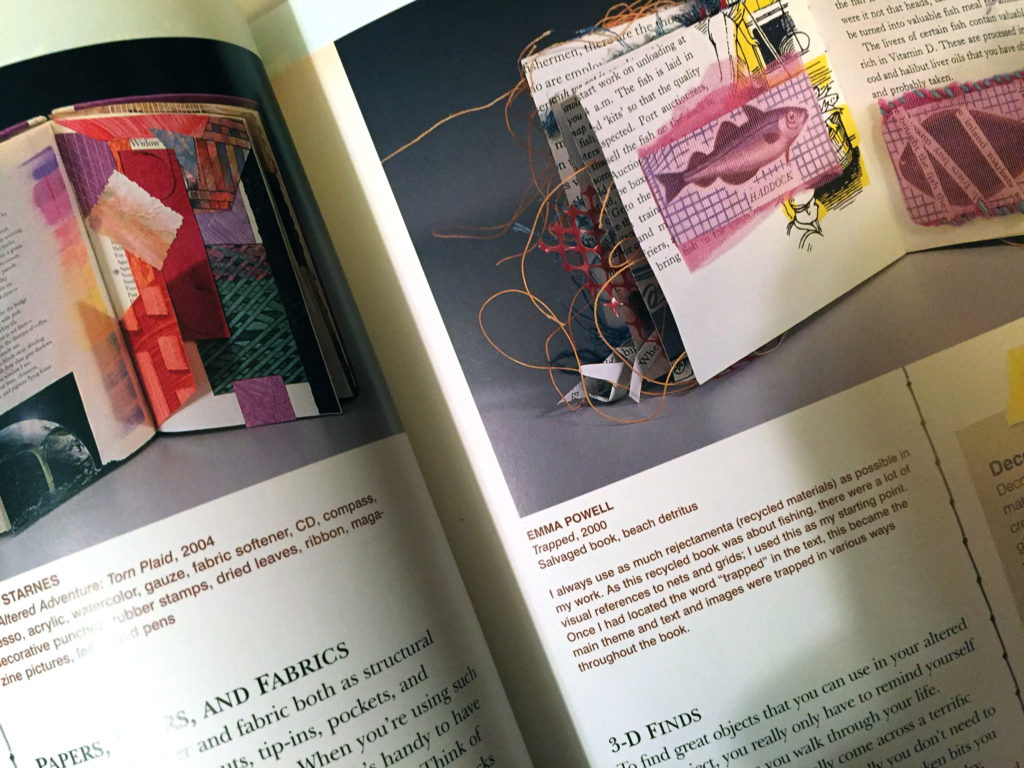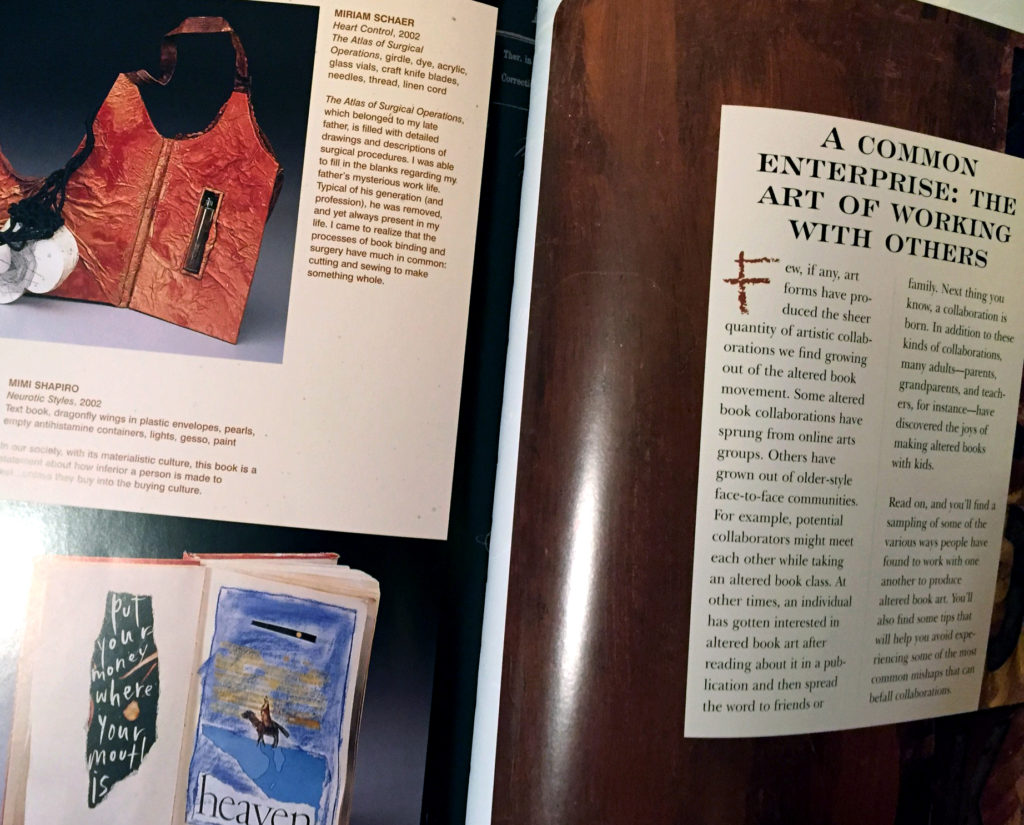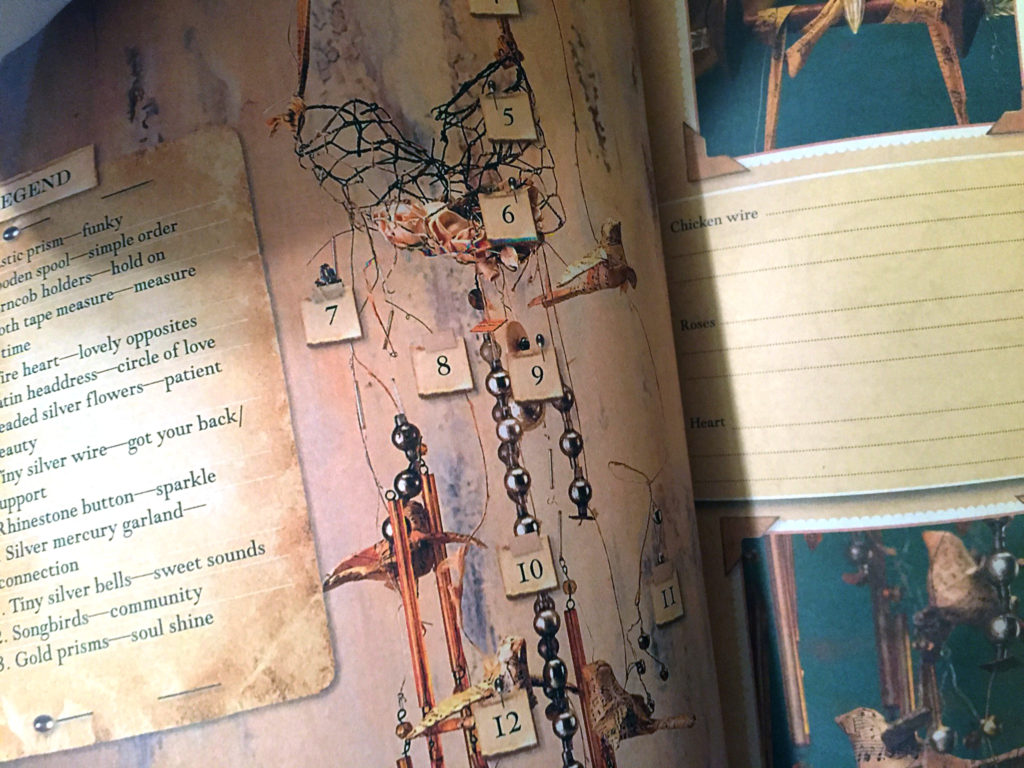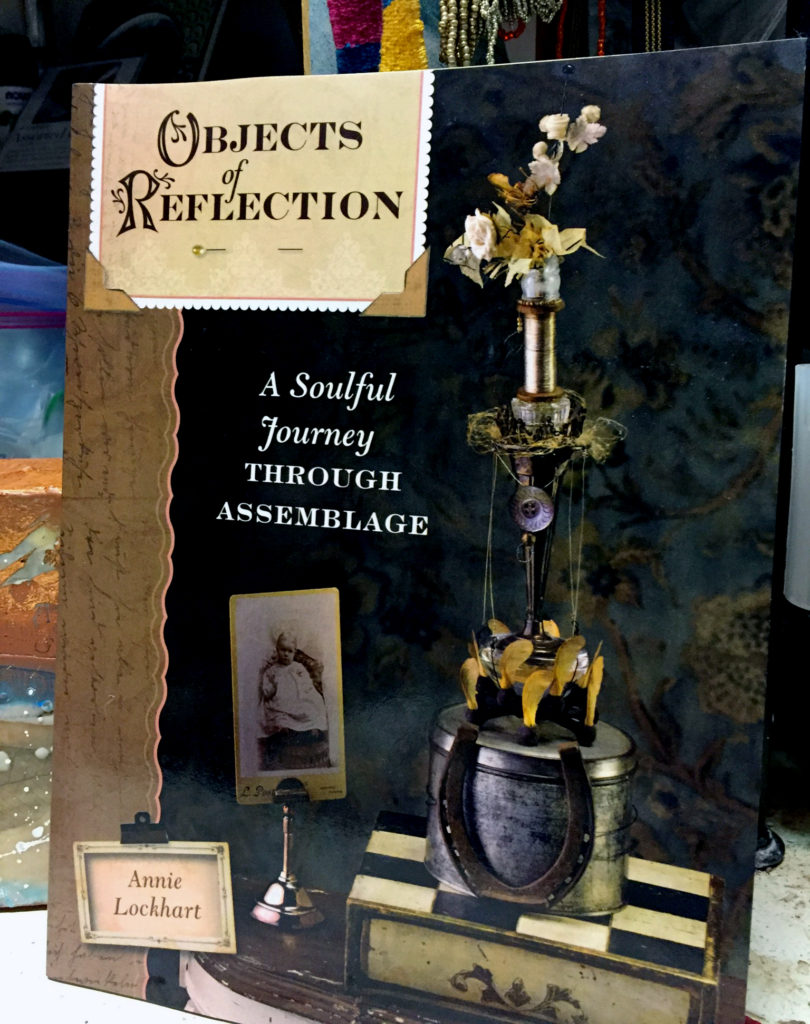Happy May Day! I wanted to get this eBook up and available by May 1, and — tah dah — it’s ready! This is my first “workshop” eBook, and, hopefully, it has the feel of being right there in my studio with me.
Beeswax, Clay, Paper & Fiber Talismans is an interactive PDF eBook that you download instantly from my Etsy shop. There are eight videos, including two on making the waxed paper beads, along with a whole bunch of instructions and resources.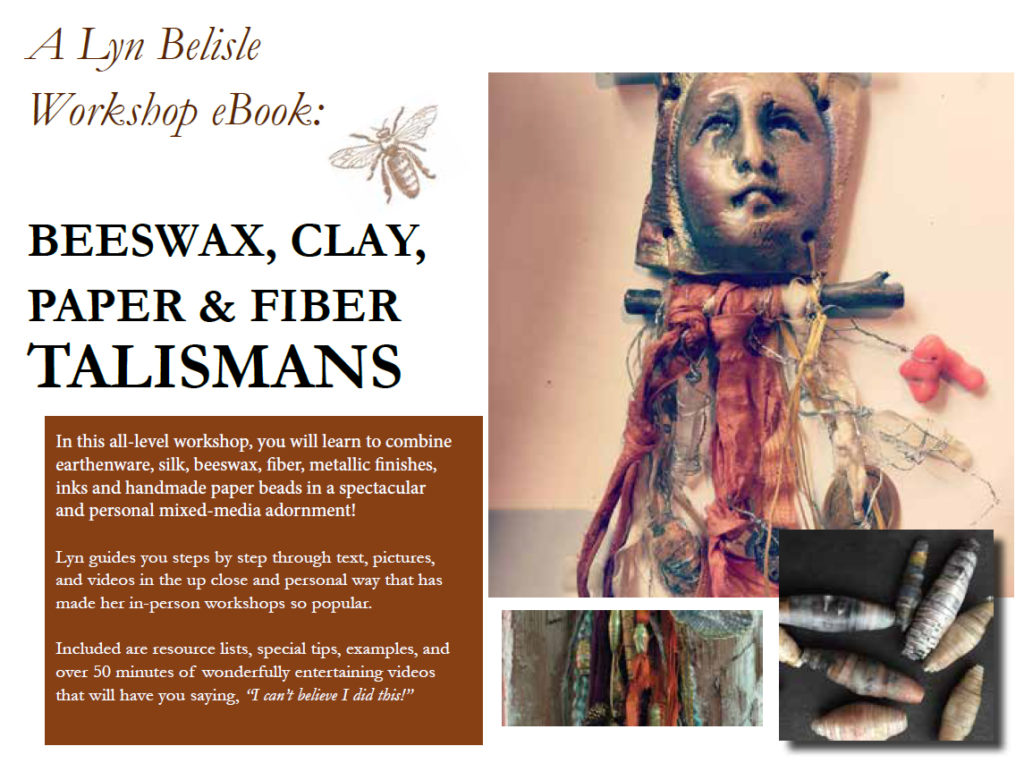
As you read along, you can click on the video link and watch it, then return to the page. It’s a pretty cool format. If you’ve ever downloaded instructional mixed media eBooks like 21 Secrets, it’s the same idea. The book belongs to you to read and watch as many times as you want to.
Here’s a look at the table of contents – the pages are hyperlinked to each section and each video.

This Talisman workshop is based on the one I did in Washington State with Joanna Powell Colbert, described here in an earlier post. I talk about that here in the intro to the workshop from Page 8 in the Talisman eBook.
Introduction to the Talisman eBook from Lyn Belisle on Vimeo.
When you buy the eBook, you also get a discount on two talisman faces from my Etsy shop. But you don’t need these specific faces to make the Talisman – it’s just an option. I have never believed that you should have to have a specific brand or proprietary item to create a successful art project.

Workshops are a two-way communication, and if you get the Talisman eBook I will be here to answer any follow-up questions or take any suggestion that you think would make this book better. Just send an email to lyn@lynbelisle.com. If I use your suggestion in a revision, I’ll credit you in the acknowledgments and send you the newly revised version for free. The nice thing about interactive eBooks is that they are easily edited.
You can get the Talisman eBook from my website, where you can also find the Encaustic eBook and all of my instructional DVDs, or you can go directly to my Etsy shop to purchase it. The book with videos is $18 and if you want two of the faces as well, they are only $7 for two with the purchase of the book. Such a deal 🙂
This has been a fun project – and it has helped me get more organized! Thanks for all of the encouragement on this. And it sure is nice to be back in Texas on such a beautiful day! Vacations are fun, but there’s no place like home.
Save
Save
Save
Save
Save
Save
Save
Save
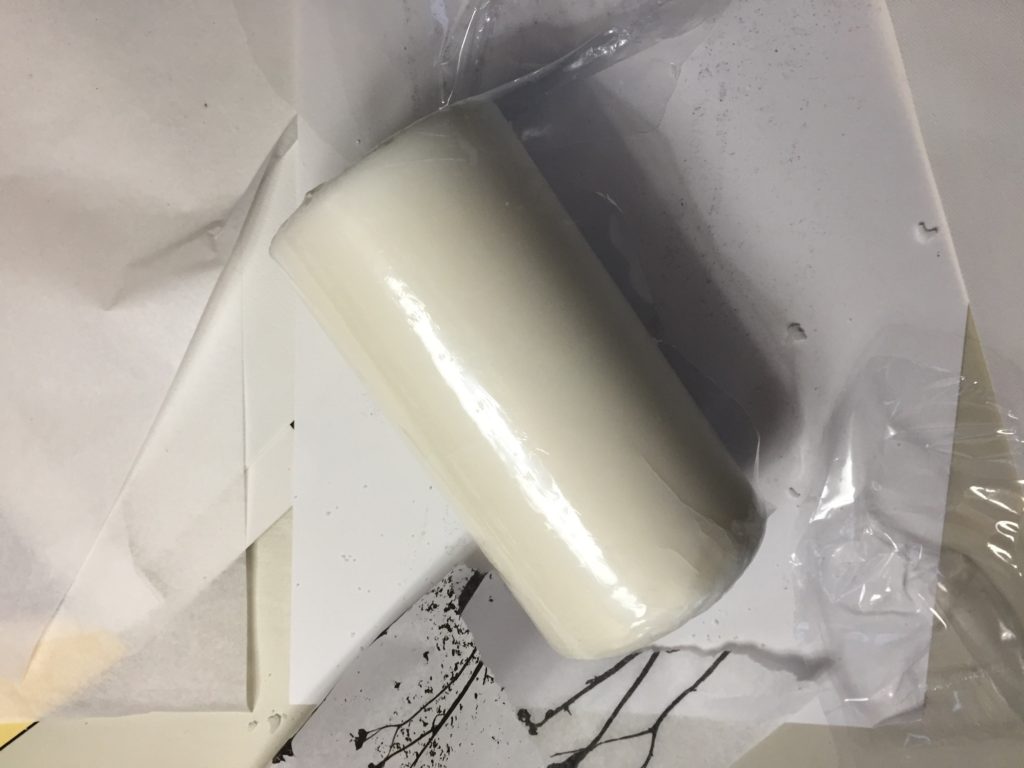


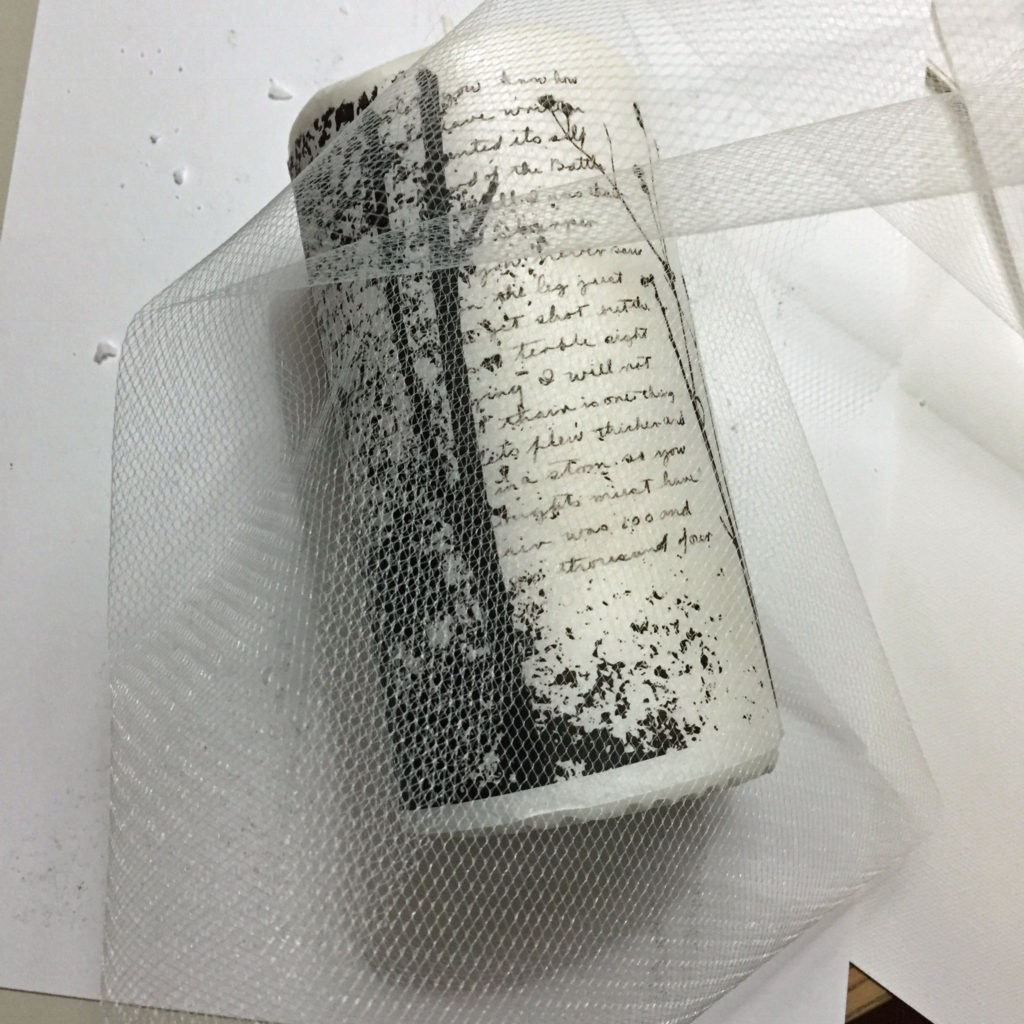
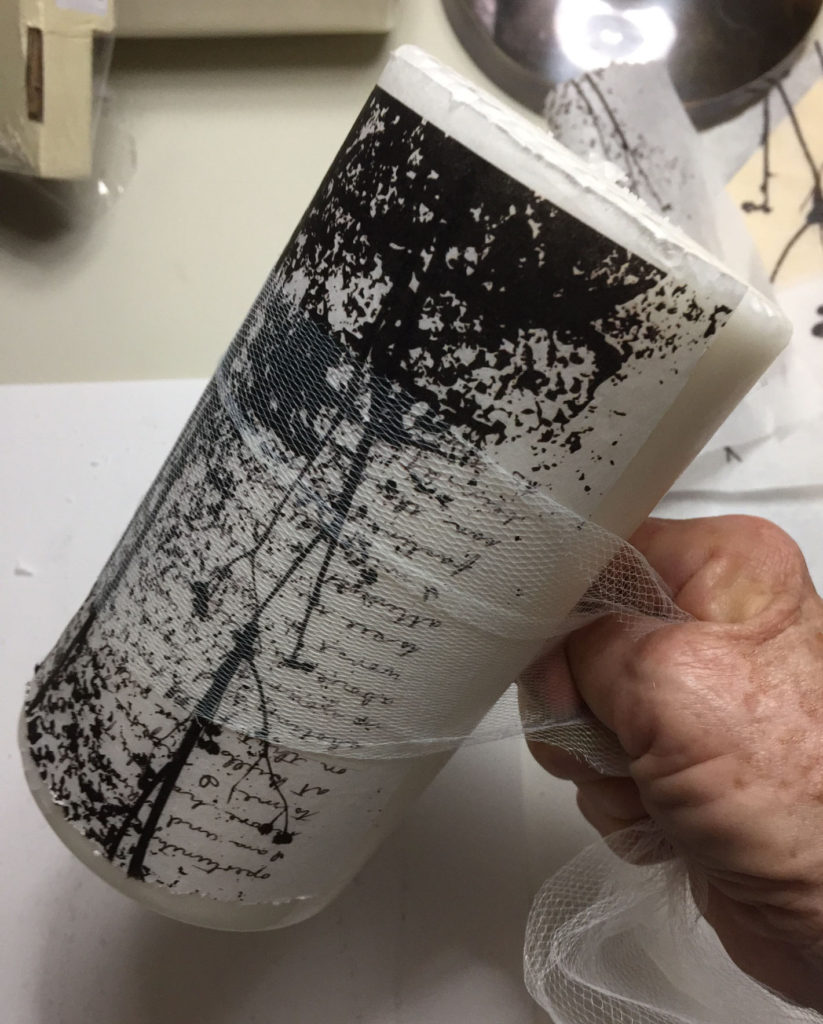
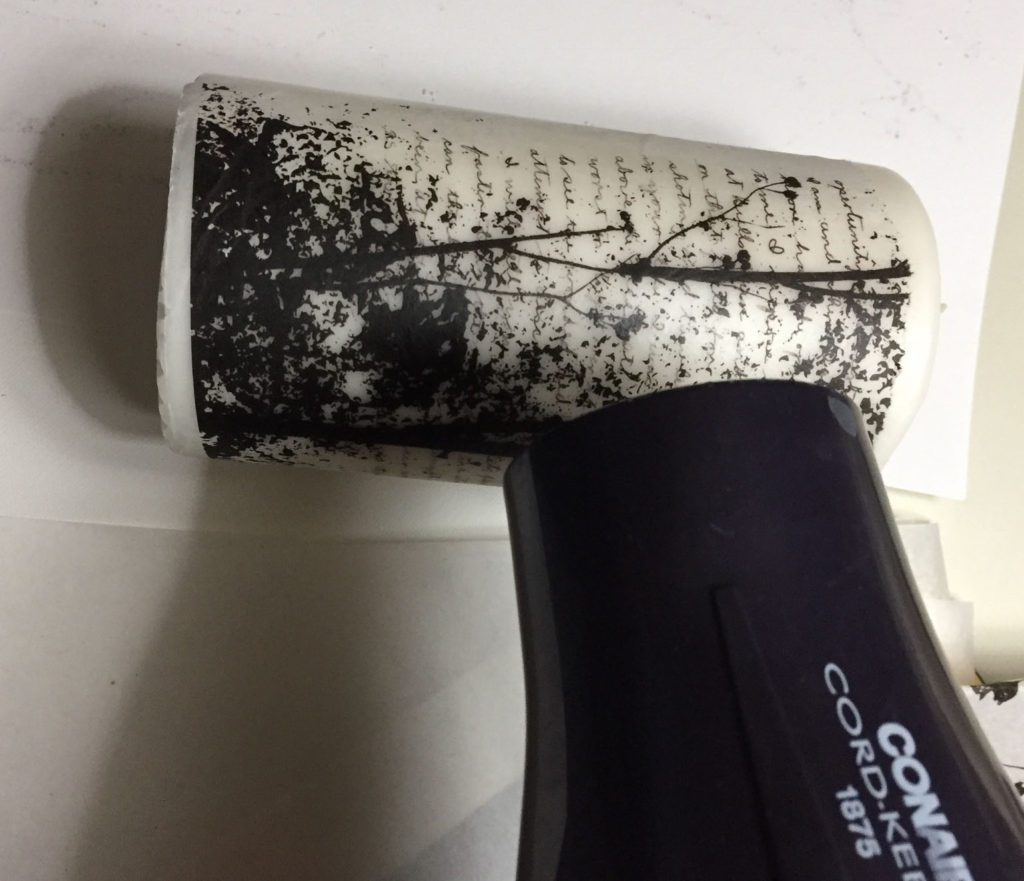










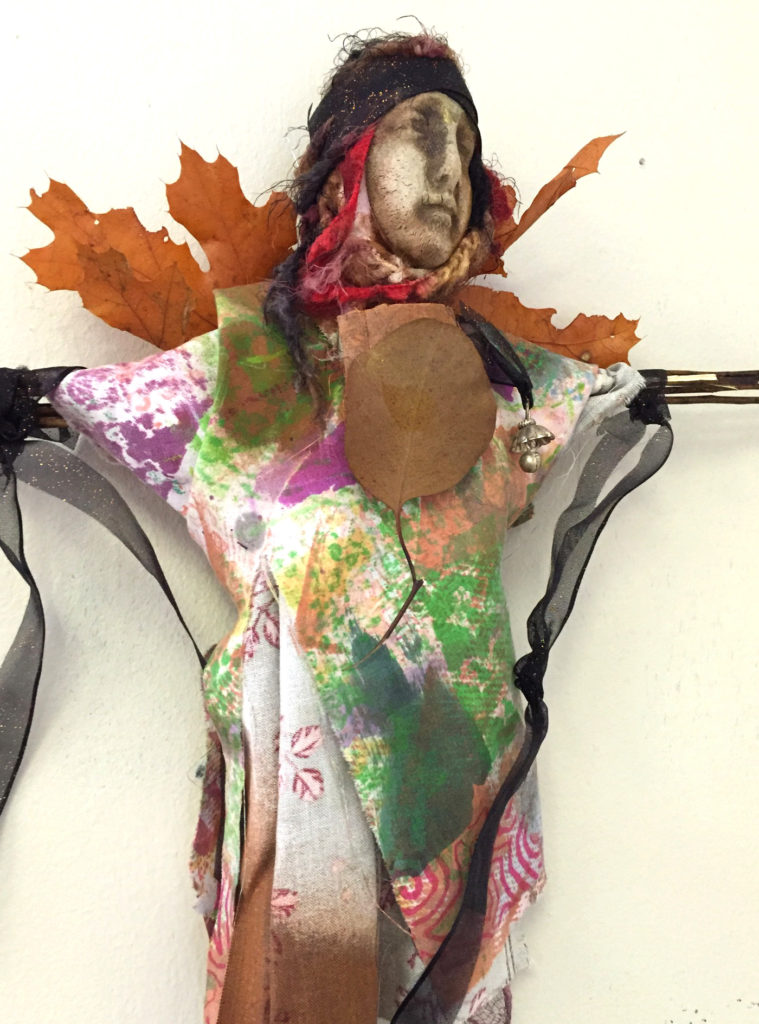



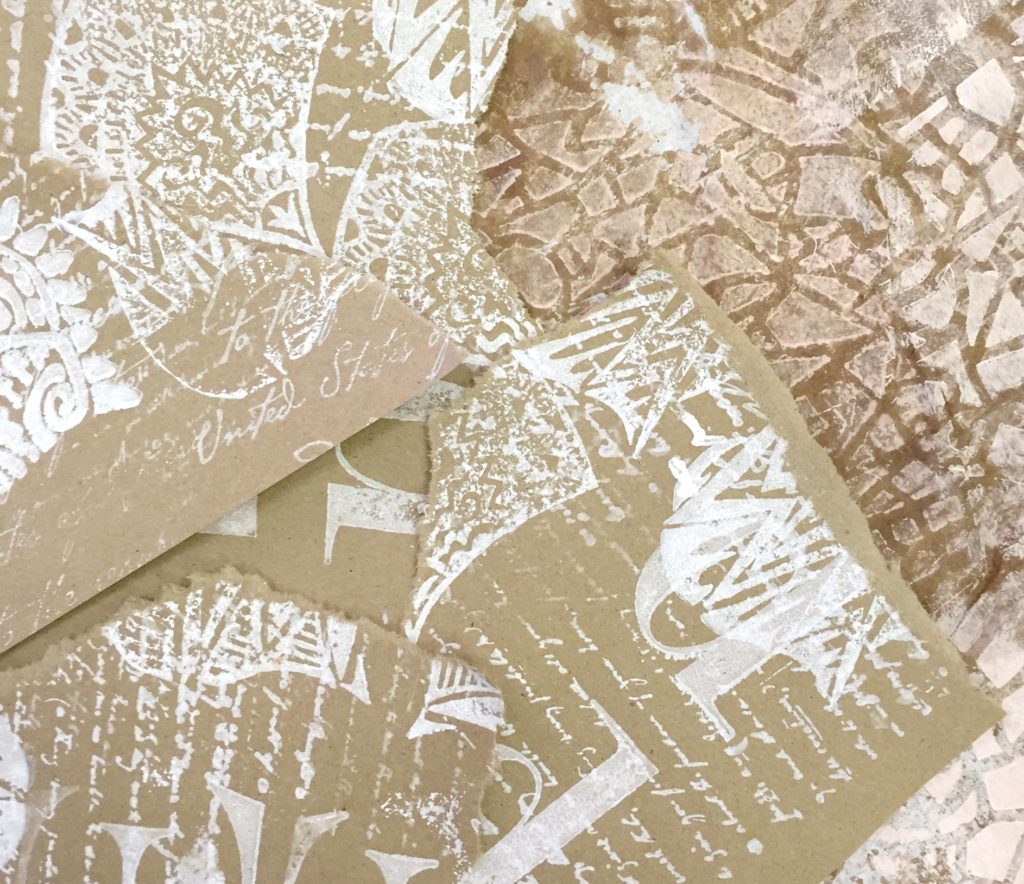
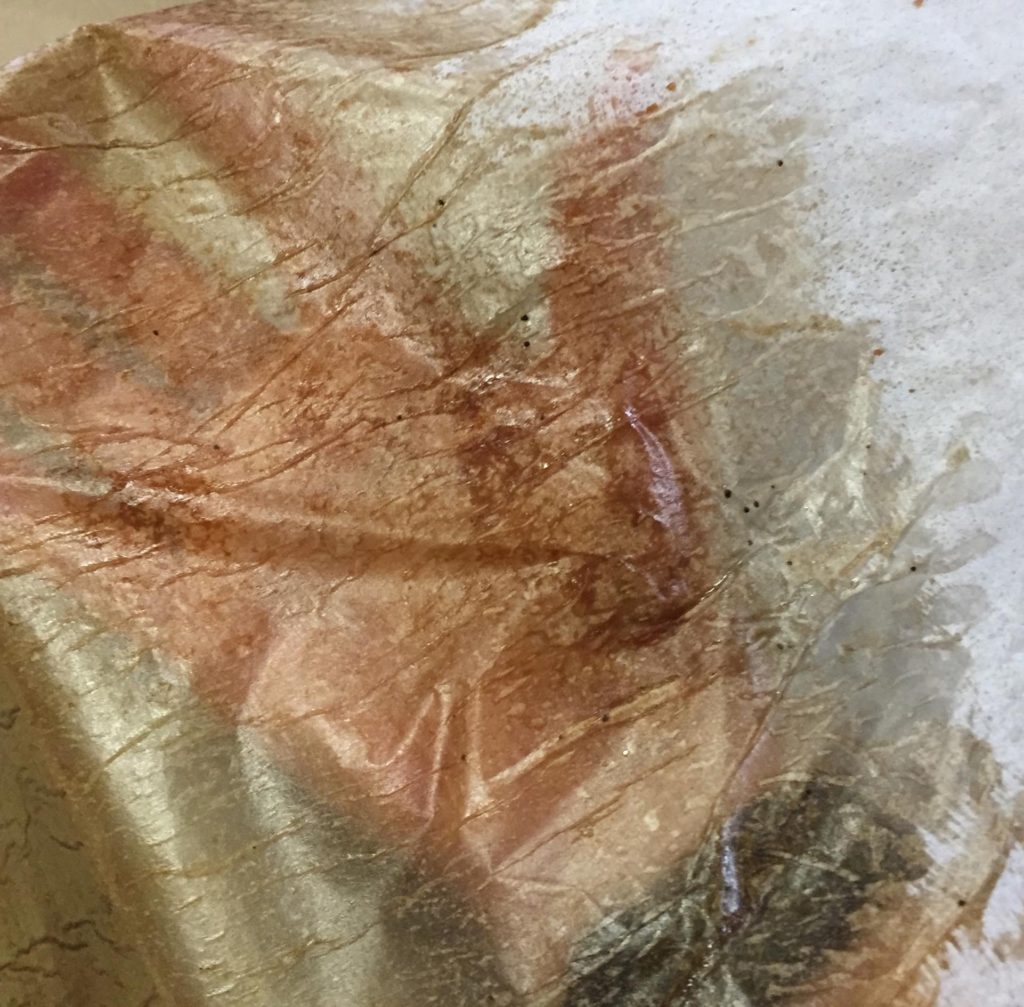
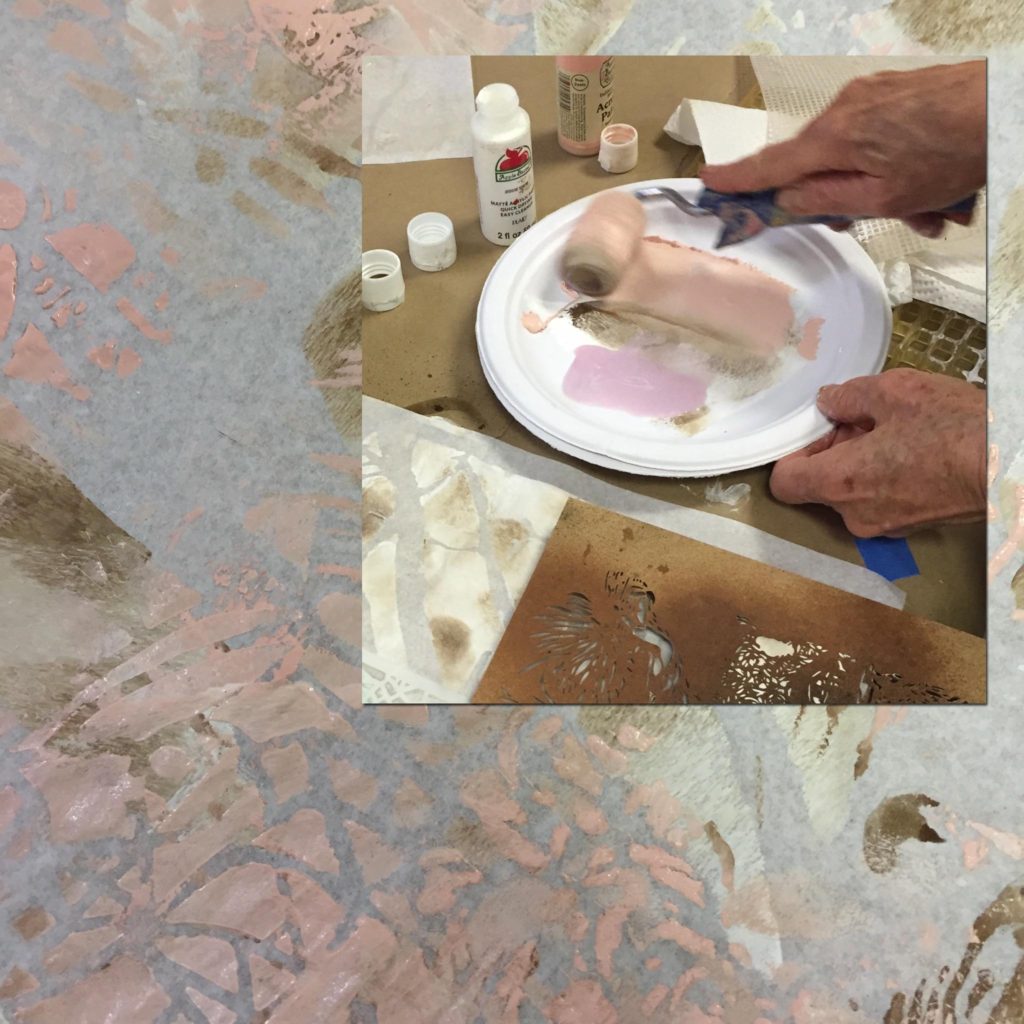
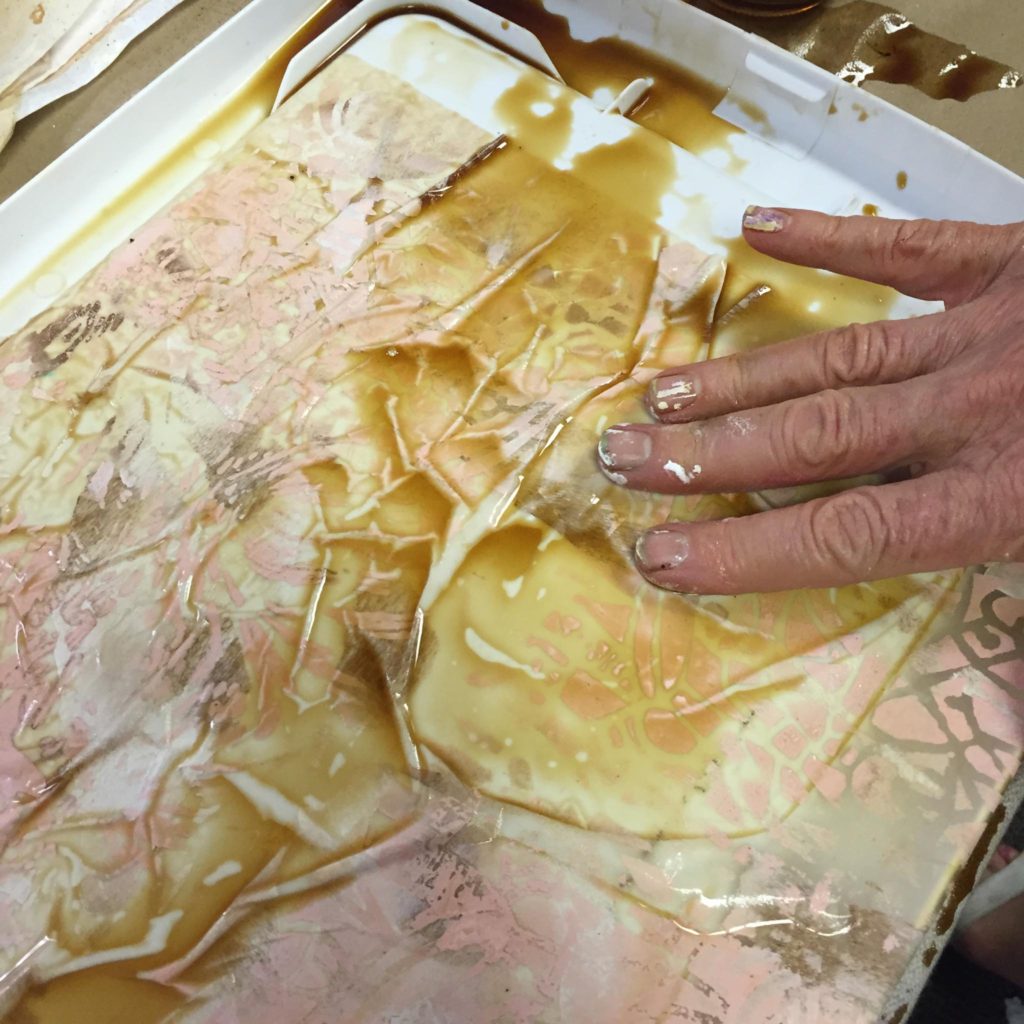
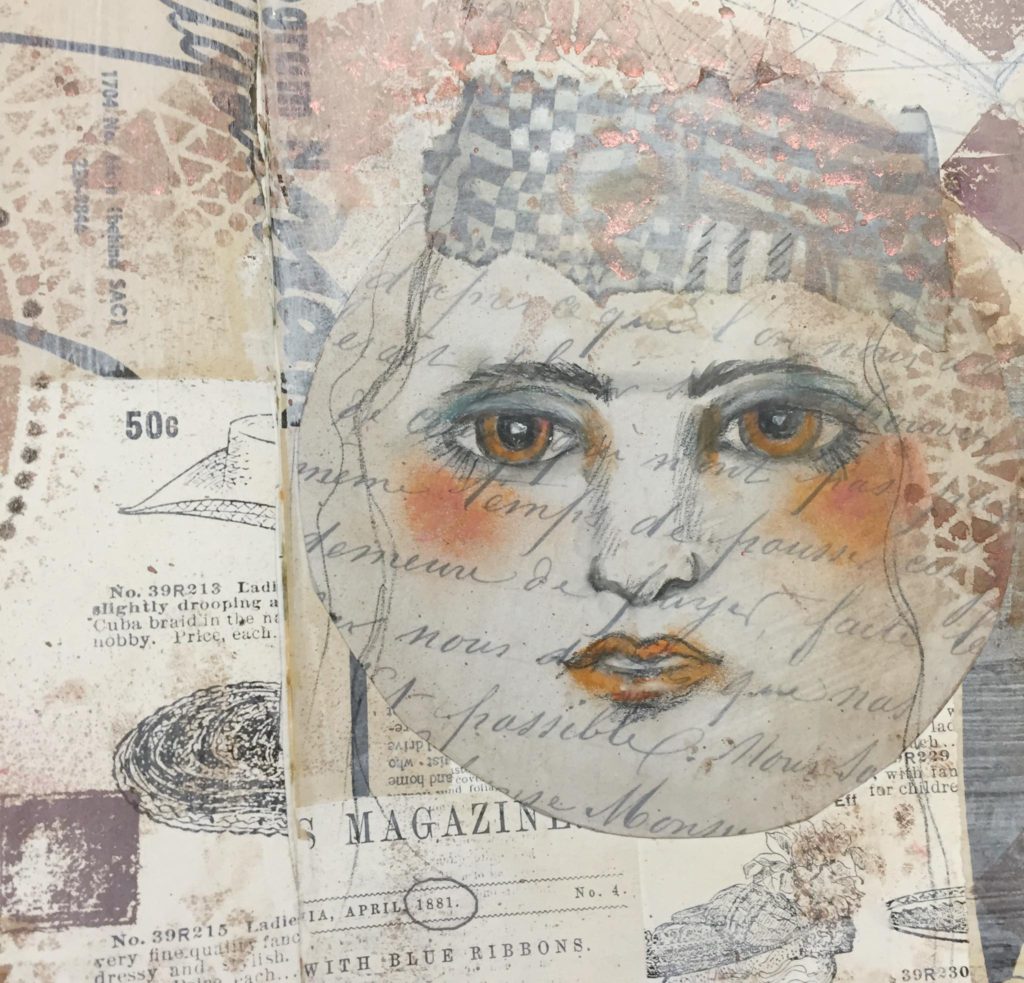
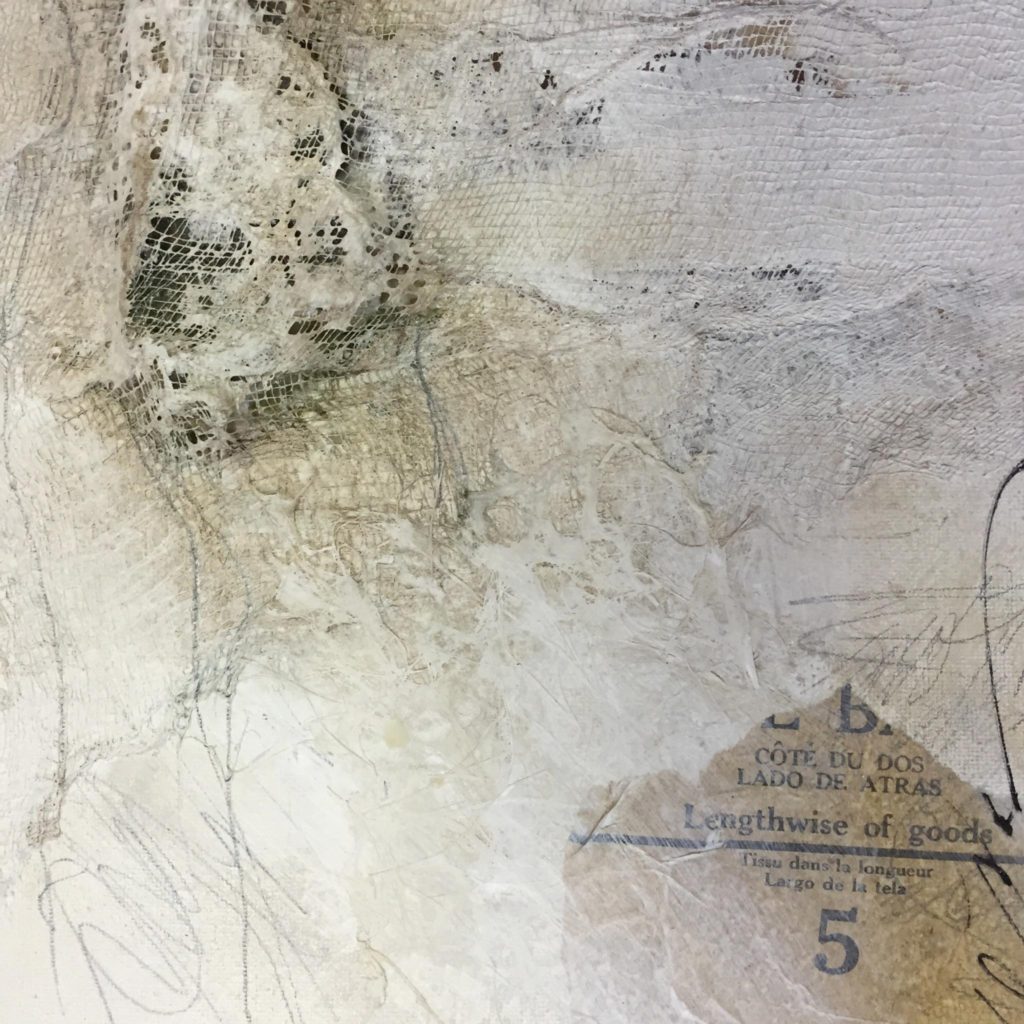
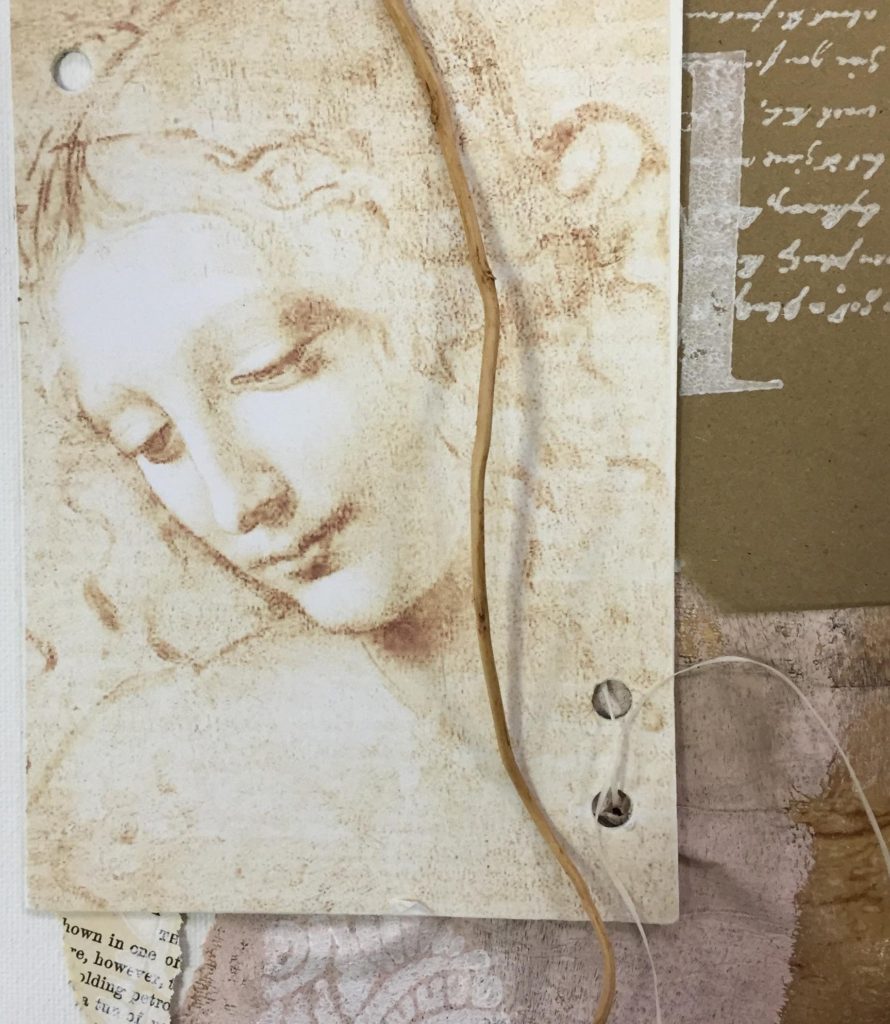
 We had a full house for yesterday’s Wax and Tissue workshop. Everyone was particularly interested in how to print images on delicate tissue paper. If you do an Internet search, you’ll find all kinds of methods to do this.
We had a full house for yesterday’s Wax and Tissue workshop. Everyone was particularly interested in how to print images on delicate tissue paper. If you do an Internet search, you’ll find all kinds of methods to do this.